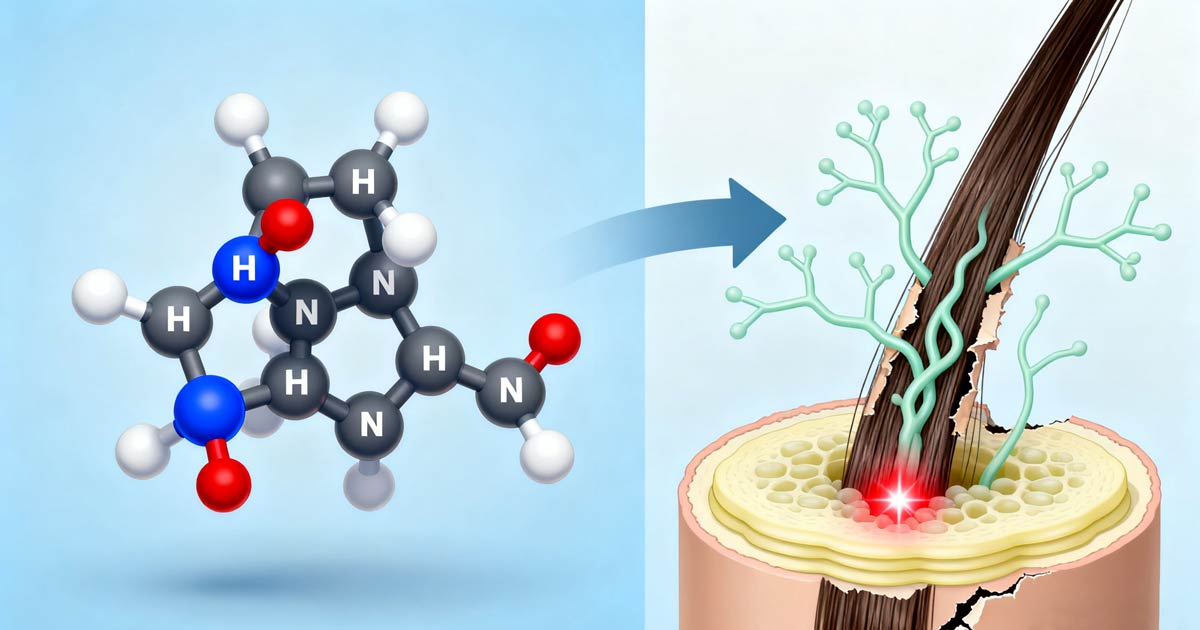
Ketoconazole: Understanding Its Antifungal Applications
Ketoconazole is a versatile antifungal medication used to treat various fungal infections. Known for its effectiveness, it is commonly applied in both topical and systemic forms to combat skin, scalp, and internal fungal infections.
How Ketoconazole Works
Ketoconazole belongs to the azole class of antifungals. It works by inhibiting the production of ergosterol, a key component of fungal cell membranes. This action stops fungal growth and allows the body to eliminate the infection efficiently.
Common Uses
Ketoconazole is commonly prescribed for:
Fungal skin infections such as athlete’s foot, ringworm, and jock itch
Scalp conditions like dandruff and seborrheic dermatitis
Systemic fungal infections in immunocompromised patients
Prevention of fungal infections during prolonged corticosteroid therapy
Dosage and Administration
Ketoconazole is available as creams, shampoos, tablets, or oral solutions. Topical forms are applied directly to affected areas, while systemic forms are taken orally under strict medical supervision. Dosage depends on infection type, severity, and patient health.
Safety and Side Effects
Ketoconazole is generally safe when used as prescribed. Possible side effects include mild irritation, nausea, headache, or liver function changes with oral use. Regular medical monitoring is recommended for long-term systemic therapy.
Conclusion
Ketoconazole is a reliable antifungal treatment for both topical and systemic infections. When used appropriately under medical guidance, it provides effective relief and helps prevent the spread of fungal infections.
